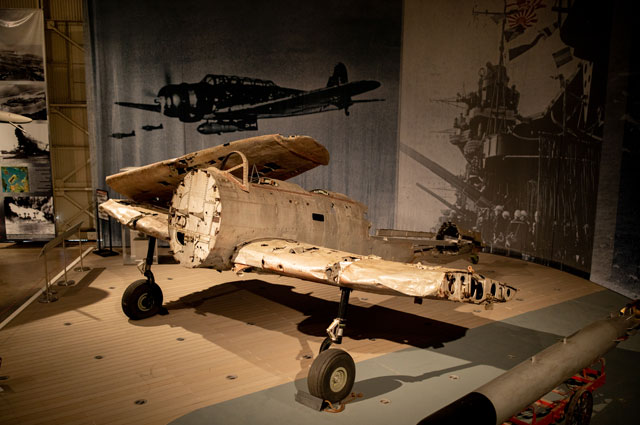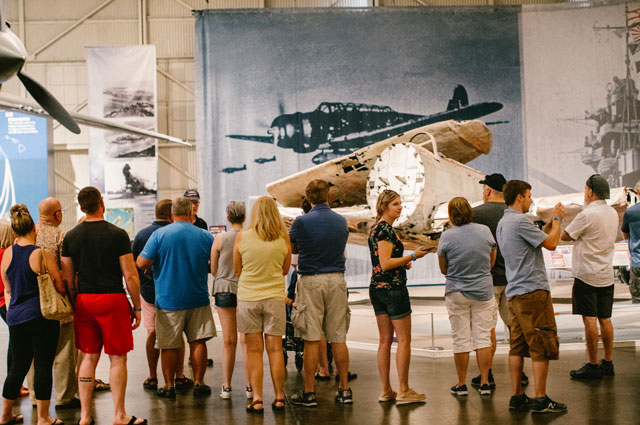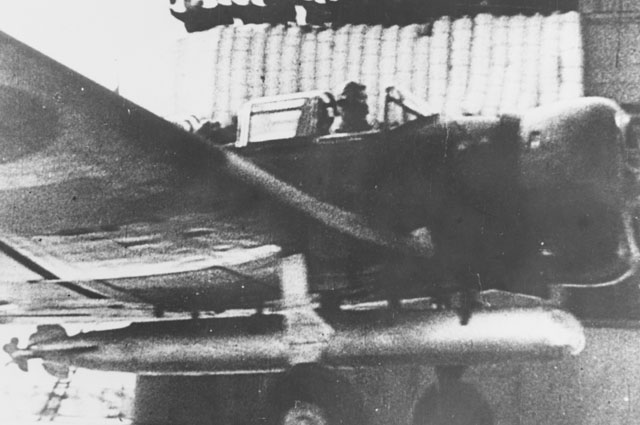
Nakajima B5N “Kate”
Snapshot
- Nickname:
- Kate
- Number Built:
- 1,149 B5N1/2 between 1937 and 1943
- Make:
- Nakajima
- Mission:
- Carrie-Based Torpedo Bomber
- Location:
- ハンガー37
Background
The first model of the Kate was the B5N1, and it had its operational debut during the conflict in China. It was used both as a torpedo plane and as a conventional bomber.
The second version was the B5N2, which began its combat career at Pearl Harbor, when 144 of these planes took part in the attack. It proved to be Japan’s best carrier-based torpedo bomber until 1944, when it was replaced.
The Nakajima B5N1 carrier based Torpedo Bomber (Kate) was designed in 1935 by a Nakajima design team under the supervision of Katsuji Nakamura and went into production as the Navy Type 97 Model 1 attack bomber in 1937. It was soon discovered that it was extremely vulnerable to any modern fighter aircraft, so by 1939 the B5N2 was designed and put into production. By the outbreak of the war, even the B5N2 was considered obsolete; yet still an effective torpedo attack aircraft.
The Nakajima Kate is one of the aircraft types that bombed and torpedoed ships at Pearl Harbor on the morning of December 7, 1941. The Museum’s Kate is one of only two Kates in existence.
Learn more about Japan’s most devastating aircraft at Pearl Harbor by reading our blog “Nakajima B5N2 ‘Kate’ Type 97-3 Carrier Attack Aircraft at Pearl Harbor.”
Specs
- Contractor
- Nakajima
- Deployment Date
- 1937
- Span
- 50 feet, 11 inches
- Length
- 33 feet, 9.5 inches
- Height
- 12 feet, 1.3 inches
- Weight
- 5,024 lbs
- Max. Speed
- 235 MPH at 1181 feet
- Service Ceiling
- 27,100 feet
- Range
- 1075 Nautical Miles
- Crew
- 3









